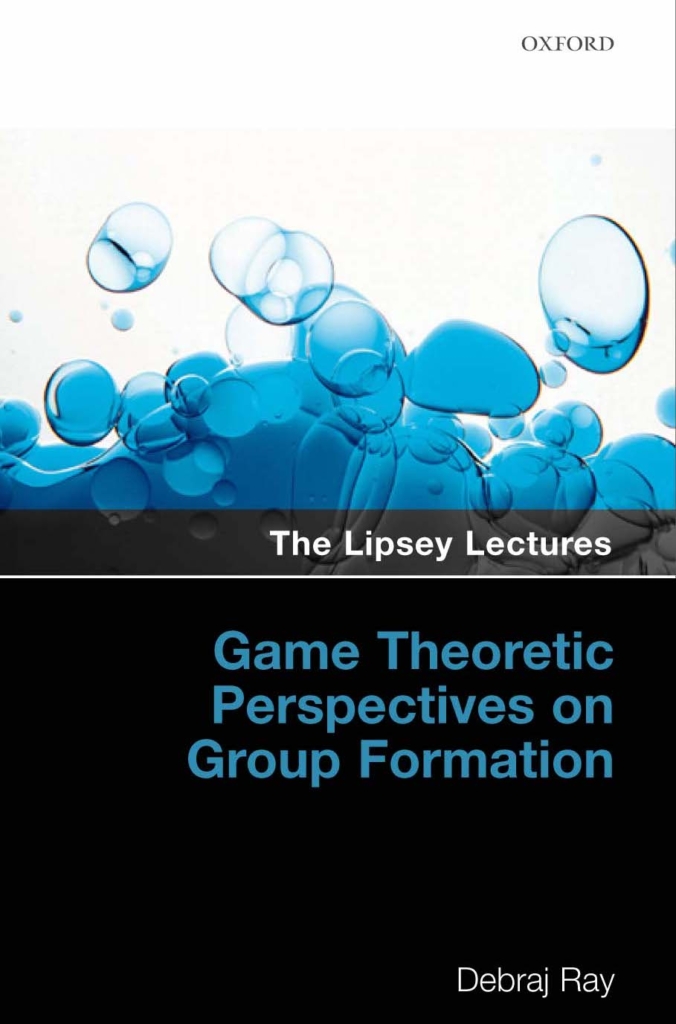International Journal of Economic Theory 6 11–28, 2010.
Summary. The Phelps–Koopmans theorem states that if every limit point of a path of capital stocks exceeds the “golden rule,” then that path is inefficient: there is another feasible path from the same initial stock that provides at least as much consumption at every date and strictly more consumption at some date. I show that in a model with nonconvex technologies and preferences, the theorem is false in a strong sense. Not only can there be efficient paths with capital stocks forever above and bounded away from a unique golden rule, such paths can also be optimal under the infinite discounted sum of a one-period utility function.
